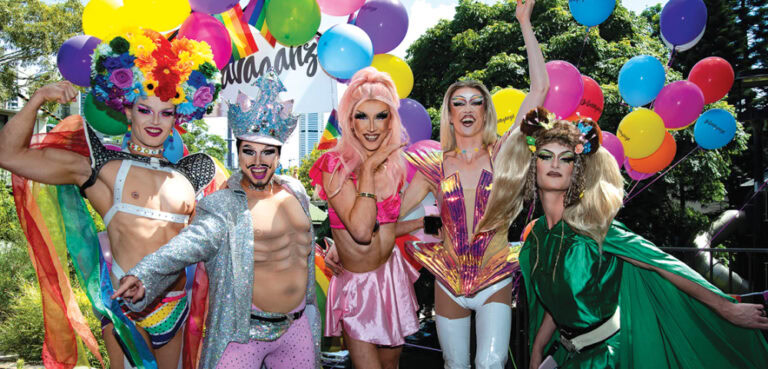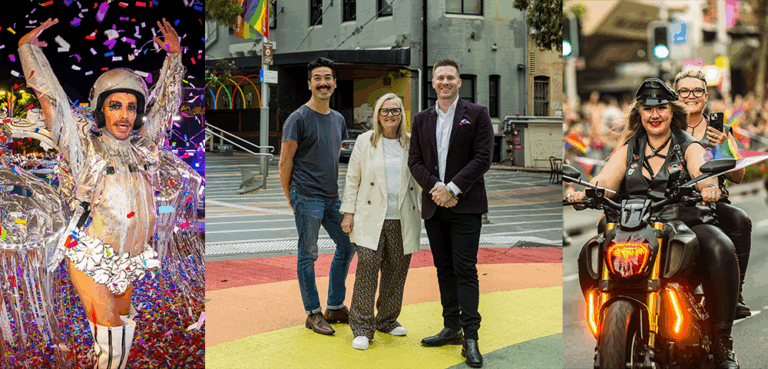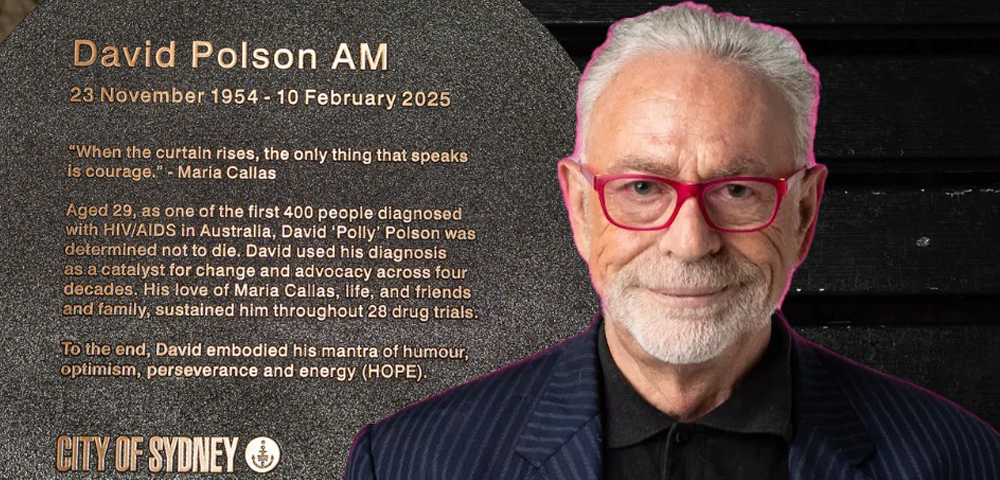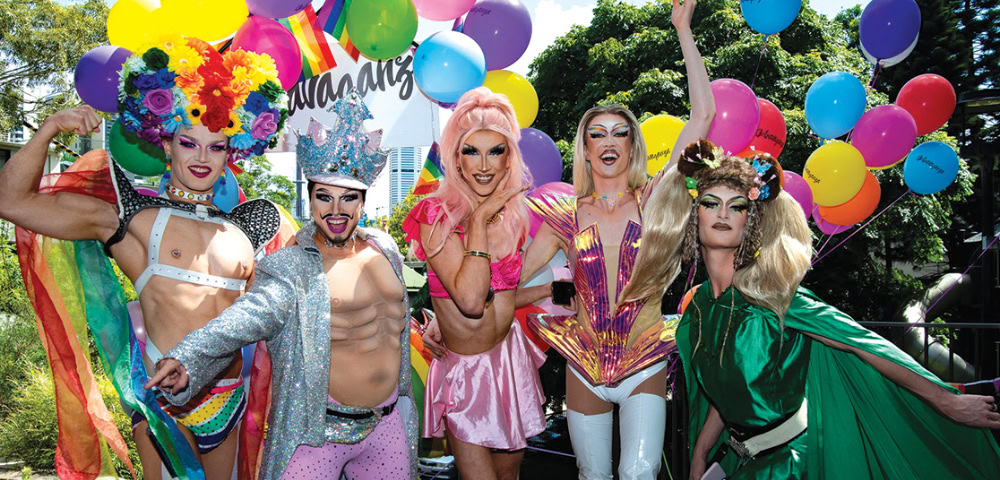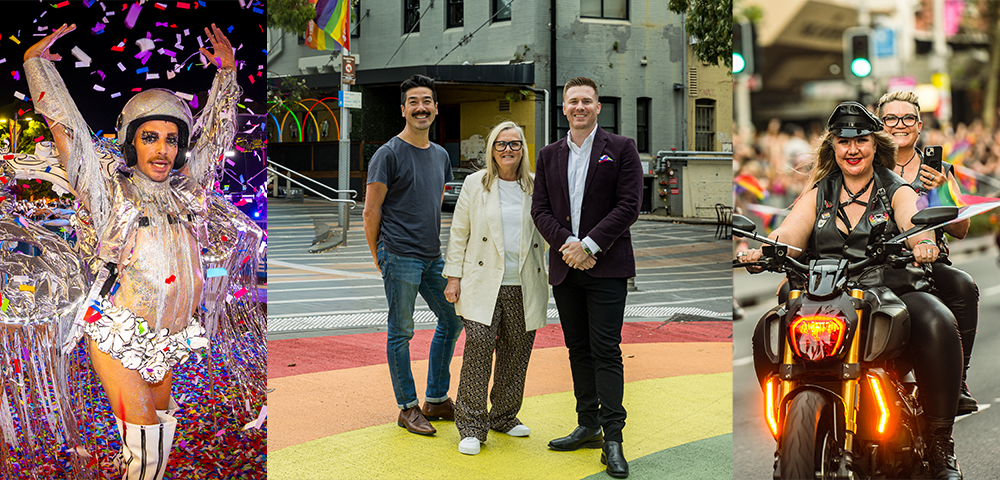
Victorian HIV surge
HIV notifications in Victoria have reached their highest level since 1991, with reported infections rising 28 percent in one year.
In the same week that the Queen used a Commonwealth Day speech in Sydney to highlight the challenge of AIDS around the world, the Victorian government announced it received 286 HIV notifications in 2005, up from 223 in 2004.
Gay men accounted for about three-quarters of these notifications, and health authorities have expressed concerns their safe-sex messages were having less impact.
We know that there’s a big gap between hearing -¦ and [putting into effect] those safe-sex messages on every occasion, Victorian AIDS Council executive director Mike Kennedy told Sydney Star Observer.
The recently released 2005 Melbourne Gay Community Periodic Survey found about 30 percent of respondents with casual partners had engaged in some unprotected anal sex in the previous six months -“ a slight increase on the 2004 survey.
Kennedy said some of the HIV increase could be attributed to HIV-positive people from other states being retested in Victoria as part of medical check-ups. The Victorian government asked doctors to submit these patients’ HIV-positive tests as if they were new results.
There was also evidence gay men were choosing HIV-avoidance strategies that were less reliable than condom use, such as having protected sex outside a relationship but choosing not to wear a condom with a regular partner.
Following the release of the Victorian HIV figures, health officials from Victoria, NSW and Queensland met in Melbourne in a bid to reinvigorate sexual health strategies.
Queensland reported a 20 percent increase in HIV notifications for 2004. NSW Health announced a decrease for the same year, but saw a rise in 2002 and 2003. Last year’s figures were expected to steady.
ACON CEO Stevie Clayton attended the Melbourne meeting on Tuesday, and said the three states needed to make safe-sex messages more effective.
Obviously number one at the top of the list is that we need to find new ways to get more gay men to consistently use condoms, Clayton told the Star.
We [also] need to look at issues around what we’re calling -˜serosorting’, where you’ve got [HIV]-positive people who are trying to have sex with people who are positive and [HIV]-negative men who are trying to have sex with men who are negative so that they won’t have to use condoms.
But often the basis on which they’re making those assessments about whether someone is positive or negative is not accurate.
Clayton said ACON was anticipating NSW’s 2005 HIV notifications would stay steady, based on the latest NSW Health data.
NSW doctors reported 305 new HIV infections until the end of September last year, according to NSW Health figures. During the corresponding period in 2004, 293 infections were reported. The full 2005 figures are due out by May.
What that works out to is we’re anticipating it will be a plateau, so no increase over the previous year, Clayton said.
Clearly we’re looking better off than Queensland and Victoria, but that’s no reason for us to be complacent.
Clayton said it was unclear why NSW gay men seemed to have responded better to safe-sex messages than men in other states.
Why exactly that is is the $50 million question.
Australian Federation of AIDS Organisations president Ian Rankin called for direct and explicit communication with gay men about safe sex.
Although Australia has responded well to AIDS over the last two decades, more needs to be done to keep HIV infection rates down, Rankin said.

